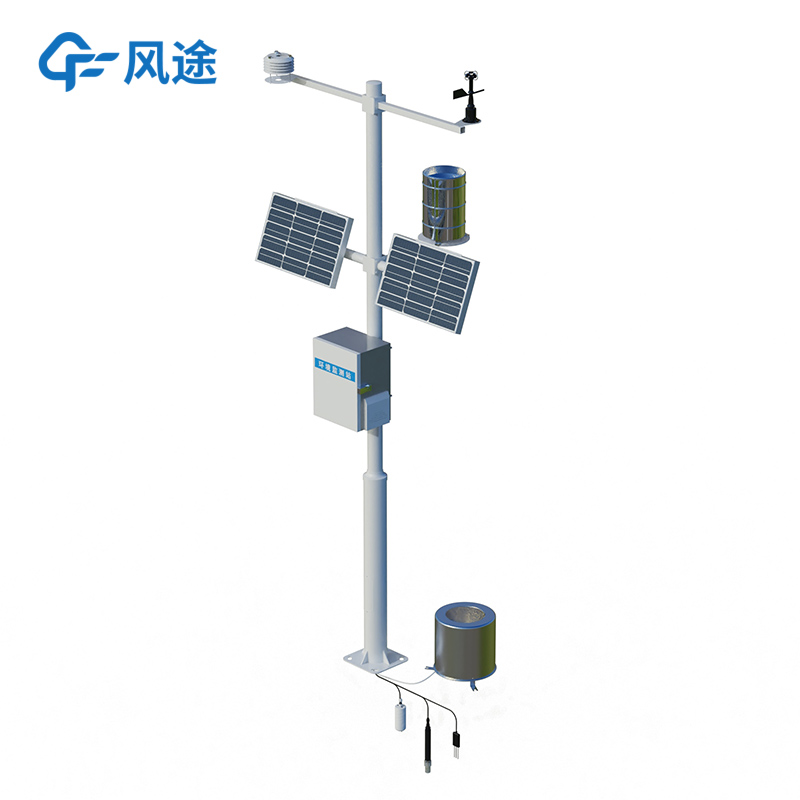In traditional perceptions, crop farming seems to rely more on experience and intuition. Farmers, drawing on experiences passed down through generations, observe the weather, the land, and the crops to arrange agricultural activities. However, today, the wave of technology is sweeping through the agricultural sector, and the emergence of agrometeorological stations has enabled crop farming to be "data-driven".
An agrometeorological station is an integrated monitoring system, whose core components include various sensors, data loggers, communication modules, and power supply systems. Temperature sensors are responsible for collecting temperature data of air and soil; humidity sensors record the humidity conditions of air and soil; light sensors measure changes in light intensity; wind speed and direction sensors, as well as rainfall sensors, monitor air movement and precipitation respectively. The data logger aggregates and processes the raw data obtained from various sensors, the communication module transmits the processed data to the management platform, and the power supply system provides energy.
The equipment can operate around the clock, continuously recording changes in meteorological data in the planting area. In protected agriculture, growers can grasp key indicators such as temperature, humidity, and carbon dioxide concentration in the growing environment in real-time through the equipment, and timely adjust operations such as ventilation, irrigation, and supplementary lighting according to data changes, thereby creating suitable conditions for crop growth.
Growers can set appropriate ranges for various meteorological parameters in the equipment according to the growth characteristics of different crops. When the monitored data exceeds the preset range, the equipment will immediately send out prompt information. For example, when low-temperature weather may affect crops, the prompt information enables growers to take protective measures in a timely manner, reducing disaster losses.
In protected planting areas, installed microclimate monitoring equipment tracks real-time data such as temperature, humidity, and carbon dioxide concentration in the growing environment, combined with observations of crop growth status. Based on these data, growers adjust the growing environment in a timely manner, effectively reducing the occurrence of diseases and pests, and improving crop yield and quality.
In characteristic crop planting bases, equipped microclimate monitoring stations realize continuous monitoring of meteorological elements throughout the entire growth period of crops and reminders of critical values. Planting managers can remotely view monitoring data through mobile terminals and take regulatory measures in a timely manner to ensure the normal growth of crops, reducing the workload of manual inspections.
Agrometeorological stations have promoted crop farming to break away from excessive reliance on experience and enter the stage of precise management.

Article address:https://www.sqqx.net/en/news/700.html

 +86 15898932201
+86 15898932201



